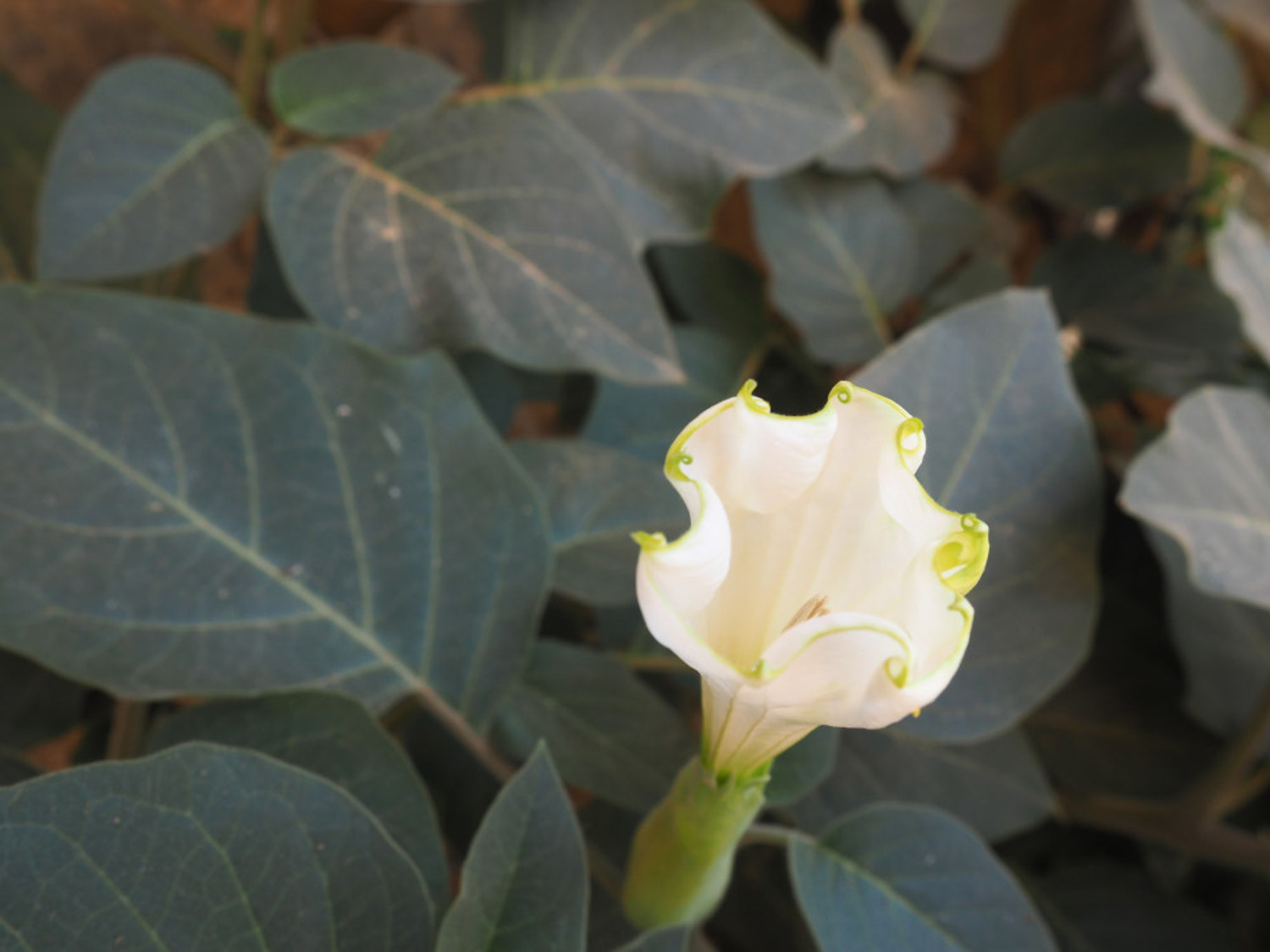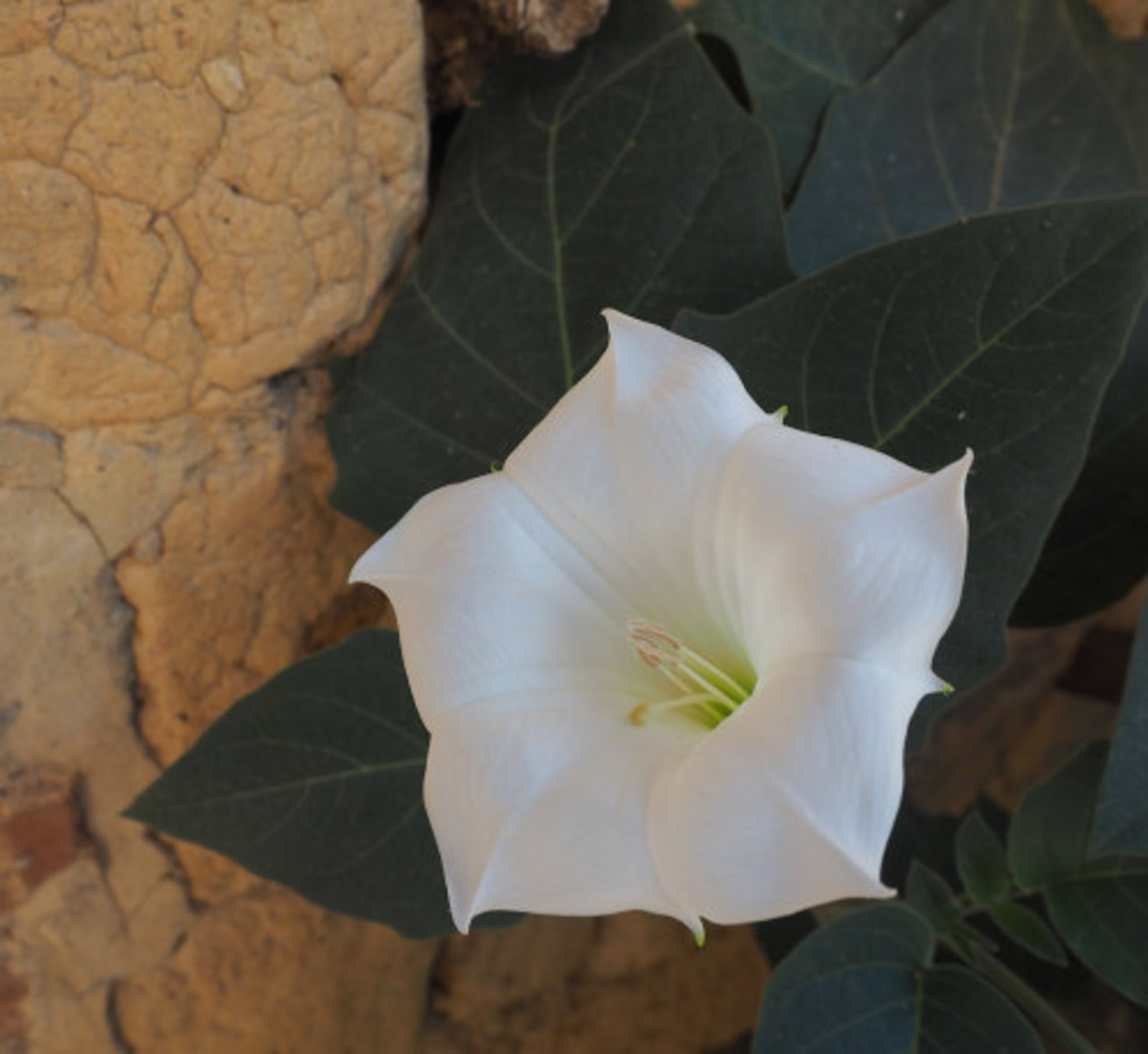The connection between the three
First of all, we should know that manzhushahua has an alias called "red other shore flower", so the relationship between them is very clear. In fact, there are three colors of flowers on the other side: red, white and yellow. The red will bloom in hell and the white will bloom in heaven, and manzhushahua is the kind of red flowers on the other side
However, when we talk about Datura, we mainly refer to the plants of Datura, which belong to Solanaceae, so it is not directly related to the first two flowers

The difference between the three
First of all, we have just said that manzhushahua belongs to the red one of the other shore flowers, so the scope of the other shore flowers is larger compared with the two. As we said above, Datura has no connection with them, so there is no way to compare the scope
Then there is the difference between their flower language. The flower language of the first plant is quite special, which is different from each country. For example, in Japan, its flower language is "sad memories", in North Korea, it is "missing each other", and in China, it is "beautiful and pure". The flower language of the second plant is "endless love", "the omen of death", and "the call of hell". The flower language of the third plant is "endless missing" and "despair of love"
Finally, there is the difference between the origin of their names. The origin of the first plant is related to the season. The week of the spring equinox and the autumn equinox is called "the other side of spring" and "the other side of autumn", so it is named. The second plant is transliterated from Sanskrit. The third plant is derived from Buddhist scriptures


 jackfruit
jackfruit snake plant
snake plant hibiscus
hibiscus hydrangea
hydrangea lavender
lavender Green roses climb al...
Green roses climb al... If you don't pay att...
If you don't pay att... Management of four g...
Management of four g...

































